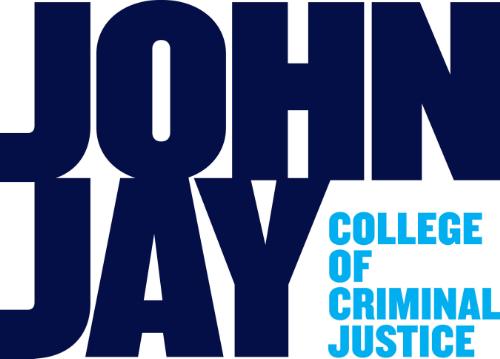
Publications and Research
Document Type
Article
Publication Date
2017
Abstract
Near repeat analysis has been increasingly used to measure the spatiotemporal clustering of crime in contemporary criminology. Despite its predictive capacity, the typically short time frame of near repeat crime patterns can negatively affect the crime prevention utility of near repeat analysis. Thus, recent research has argued for a greater understanding of the types of places that are most likely to generate near repeat crime patterns. The current study contributes to the literature through a spatiotemporal analysis of residential burglary and motor vehicle theft in Indianapolis, IN. Near Repeat analyses were followed by multinomial logistic regression models to identify covariates related to the occurrence of initiator (the first event in a near repeat chain) and near repeat (the subsequent event in a near repeat chain) events. The overall findings provide additional support for the argument that neighborhood context can influence the formation and context of spatiotemporal crime patterns.


Comments
This work was originally published in Justice Quarterly, available at DOI: 10.1080/07418825.2017.1342854.